Voices Carry by ‘Til Tuesday
Buy Voices Carry ‘Til Tuesday had a short but fruitful career encapsulated within the bonds of the mid 1980s music scene. Their 1985 debut album, Voices Carry, features the famous, indelible title track […]
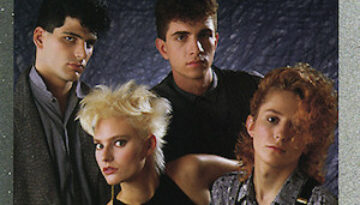
Buy Voices Carry ‘Til Tuesday had a short but fruitful career encapsulated within the bonds of the mid 1980s music scene. Their 1985 debut album, Voices Carry, features the famous, indelible title track […]
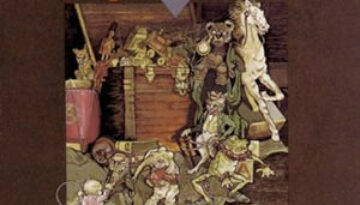
Buy Toys in the Attic Aerosmith scored their first real commercial success with their third album, Toys in the Attic. Released in 1975, this album establishes a distinct rock sound for the group […]

Buy Third Stage Tom Scholz is a figure unlike any other in the history of rock n roll. A natural inventor, Scholz studied at M.I.T. as a mechanical engineer. After graduating, he worked […]

Buy The Last in Line After stints in several rock groups, Ronnie James Dio found his popular groove in the early eighties with the founding of the group, Dio. Although this band was […]
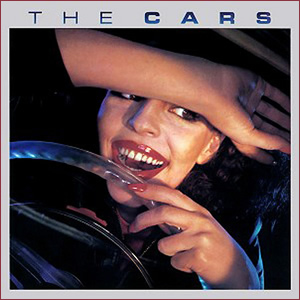
Buy The Cars Quite simply one of the best produced albums of the era, the 1978 self-titled debut album from The Cars was a unique sounding breakthrough which brought the group instant worldwide […]
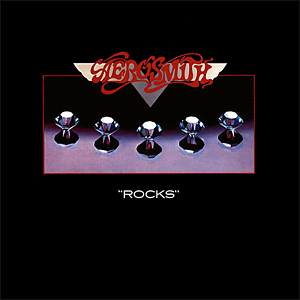
Buy Rocks We commence our look at 1976 with a review of the fourth of four great albums by Aerosmith that launched their career during their classic period of the 1970s. Starting with […]
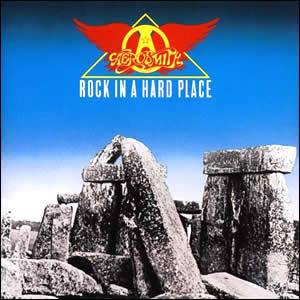
Buy Rock In a Hard Place Rock In a Hard Place is considered by some to not be a “real” Aerosmith album because it is the only one to not include all five […]
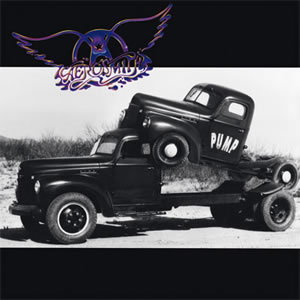
Buy Pump The second distinct phase of Aerosmith‘s fame hit full stride in 1989 with the release of Pump, the band’s tenth overall studio album and their third release since reuniting in 1985. […]

In spite of their much celebrated “reunion” in 1984, two years later Aerosmith was still a band in turmoil. Their 1985 album Done With Mirrors did not do so well commercially and various […]
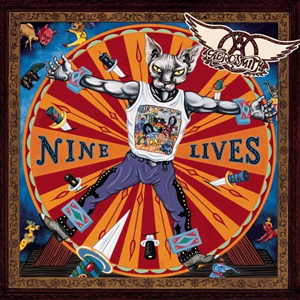
Buy Nine Lives The last in a string of albums over a decade long commercial run, Nine Lives saw Aerosmith return to their traditional record label as well as return to their core […]